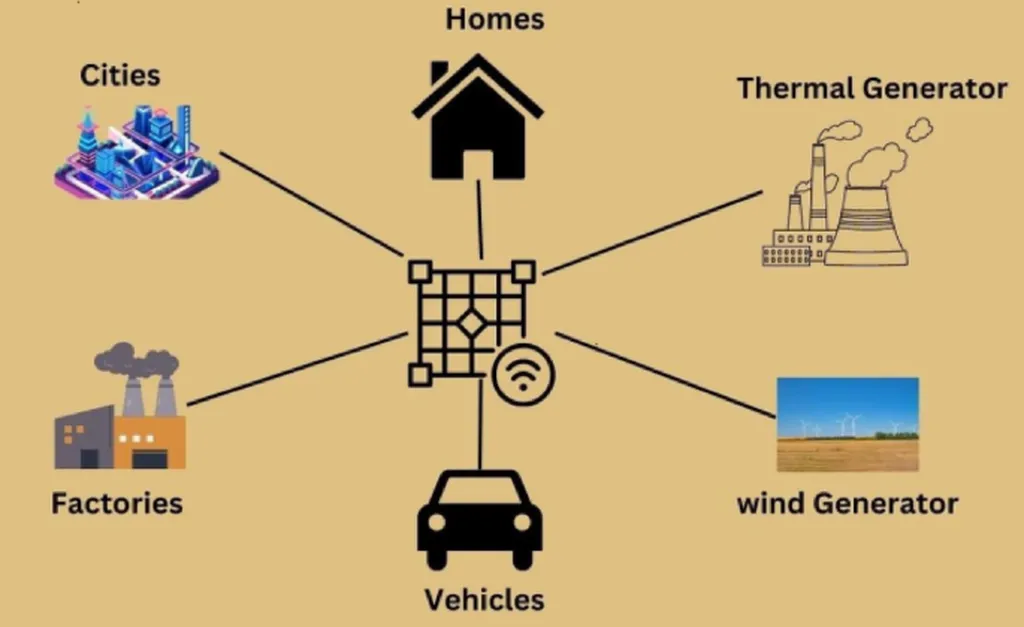In the ever-evolving landscape of smart grids, the specter of cascading failures looms large, threatening to plunge communities into darkness and disrupt the delicate balance of modern energy infrastructure. A recent study published in *Achievements in Engineering*, led by Faisal Hayat of the Department of Electrical Engineering at FAST National University of Computer and Emerging Sciences in Pakistan, delves into the intricate world of artificial intelligence and advanced technologies to tackle this pressing issue.
Cascading failures, often triggered by network instability, can lead to widespread blackouts, with ripple effects that extend far beyond the initial point of failure. Hayat and his team have scrutinized a variety of AI-based techniques aimed at detecting, analyzing, and mitigating these failures, offering a comprehensive review that highlights both the strengths and weaknesses of each approach.
“The challenge lies in selecting the most effective strategy based on the specific design of the network,” Hayat explains. “Our review considers a broad range of methodologies, from digital twins and blockchain techniques to advanced control strategies, providing a nuanced understanding of the tools at our disposal.”
The study underscores the importance of proactive measures in identifying and mitigating vulnerabilities early. By leveraging cutting-edge machine learning algorithms and optimal power flow techniques, smart grid infrastructure can be fortified against cascading failures. This proactive approach not only enhances grid stability but also ensures the resilience of energy infrastructure, a critical factor for the commercial viability and reliability of smart grids.
Hayat’s research also points to the potential of emerging technologies like the metaverse and probabilistic methods in enhancing grid resilience. “The integration of these technologies can provide a more holistic view of the grid’s vulnerabilities, enabling us to preemptively address potential issues before they escalate,” he notes.
The commercial implications of this research are significant. As the energy sector increasingly relies on distributed energy systems and microgrids, the ability to predict and mitigate cascading failures becomes paramount. Investments in advanced AI techniques and robust control strategies can pay dividends in terms of reduced downtime, enhanced customer satisfaction, and improved operational efficiency.
Moreover, the study identifies key research gaps and suggests future directions, encouraging further innovation in intelligent cascading failure management. By fostering a deeper understanding of the tools and techniques available, Hayat’s work paves the way for more resilient and secure smart grids, ultimately benefiting both energy providers and consumers alike.
As the energy sector continues to evolve, the insights gleaned from this research will be invaluable in shaping the future of grid stability and energy infrastructure security.

